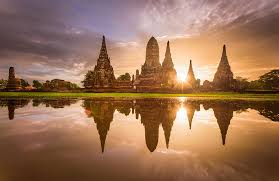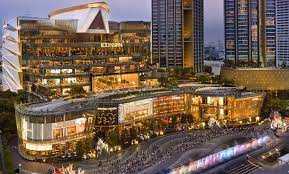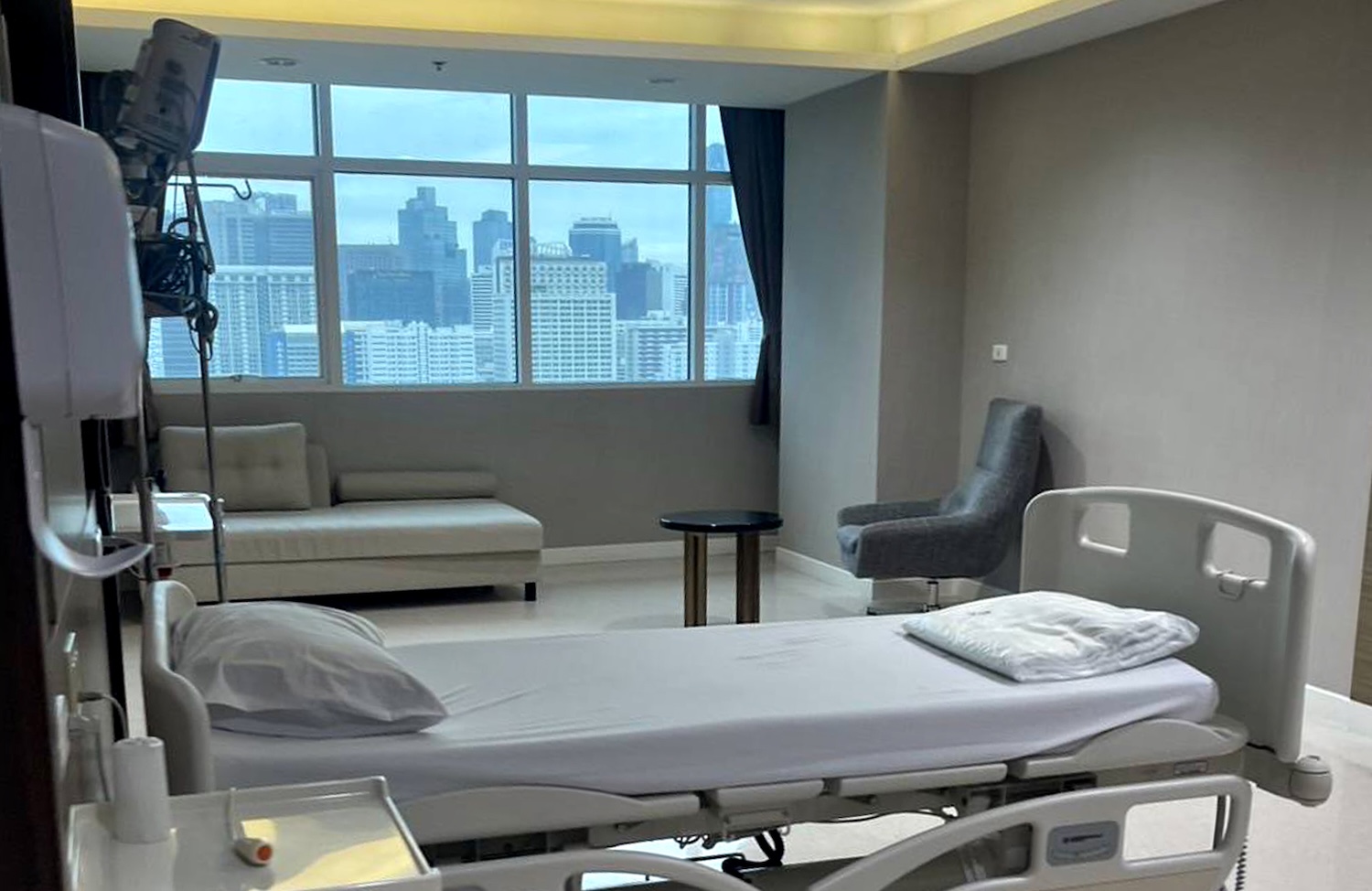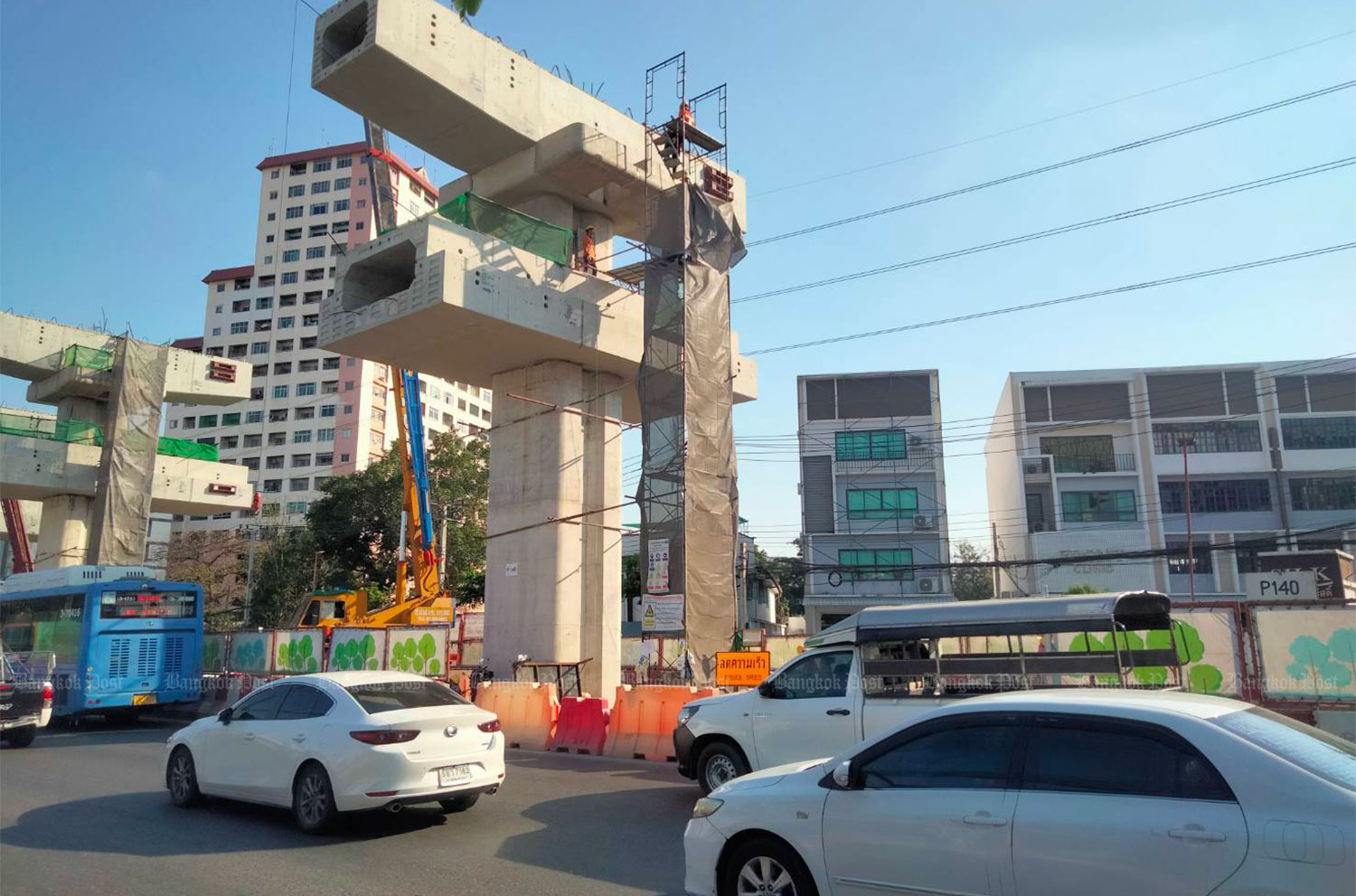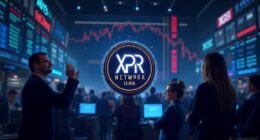TAT Plans to Attract Luxury Tourists with Niche Markets
The Tourism Authority of Thailand (TAT) has announced ambitious plans to attract luxury tourists by focusing on four niche markets: wellness, sports, romance, and luxury experiences. This initiative aims for an annual growth rate of 10% in the luxury tourism sector, which is currently valued at approximately 70 billion baht.
Focus on High-Quality Tourists
Targeting Specific Markets for Growth
According to Jirawadee Khunsap, TAT’s deputy governor for products and tourism business, the development of wellness, sport, and romance attractions is crucial for luring high-quality tourists. The TAT anticipates that as tourism recovers, these niche markets will drive growth of 8-10% annually.
Luxury Spending Patterns
Last year, luxury tourists favored hotspots such as Bangkok, Phuket, Chonburi (Pattaya), Krabi, and Koh Samui. On average, these travelers spent around 77,693 baht per trip, or about 6,171 baht daily, typically staying in Thailand for nine to ten days.
Competitive Landscape in Luxury Tourism
Challenges from Regional Rivals
Thailand faces fierce competition from regional rivals like Japan, which recently surpassed Thailand in foreign tourist arrivals. Established luxury destinations such as Singapore, Dubai, and the Maldives also pose significant competition.
Opportunities for Growth
Despite these challenges, Jirawadee believes that Thailand’s luxury market has substantial growth potential due to its abundance of four- and five-star hotels, premium services, and a diverse range of natural and cultural attractions. The country’s reputation for safety and hospitality further enhances its appeal to high-quality tourists.
Strategic Plans for Luxury Tourism
Short-Term Initiatives
The TAT’s short-term plan (1-3 years) includes hosting world-class events such as international music festivals, conferences, sporting competitions, and fashion shows. Collaborations with luxury brands will also enhance the experience for high-spending visitors.
Long-Term Vision
In the long run (3-5 years), the focus will shift towards personalized tour packages that emphasize wellness, art, and cultural attractions. Infrastructure upgrades for airports, ports (for yachts), public transport systems, and luxury car rentals are also planned to accommodate an increasing number of affluent tourists.
Aiming for Sustainable Luxury Growth
Thailand’s strategic approach to enhancing its luxury tourism sector reflects its commitment to competing effectively on the global stage. By targeting niche markets and investing in infrastructure and high-quality experiences, the TAT aims to secure a prominent position in the competitive landscape of luxury travel. As the country prepares to welcome more affluent visitors in 2025 and beyond, these efforts are expected to yield significant benefits for Thailand’s economy.
